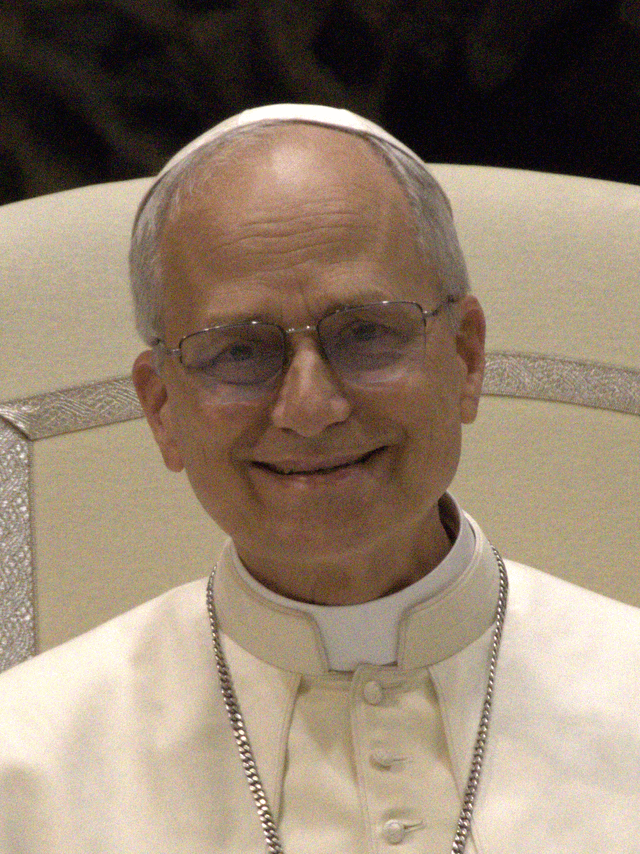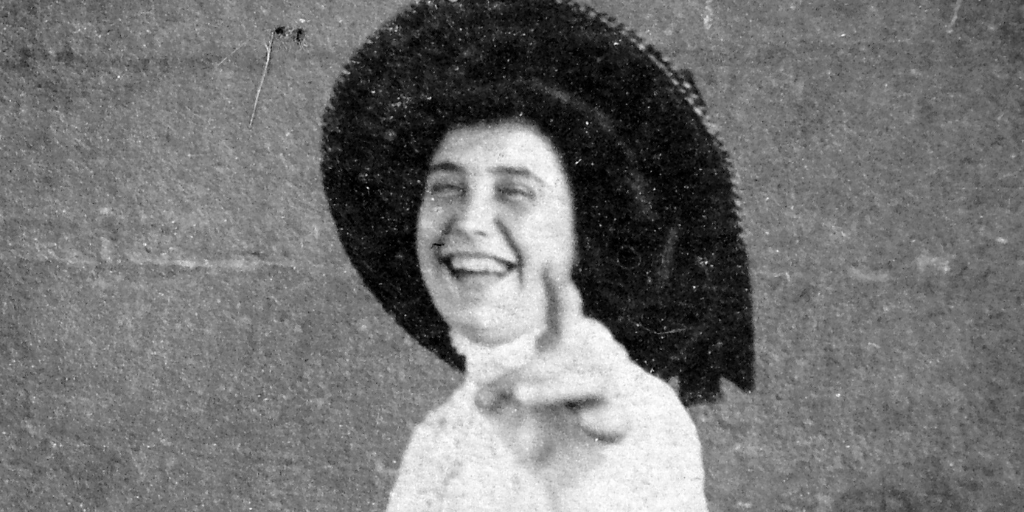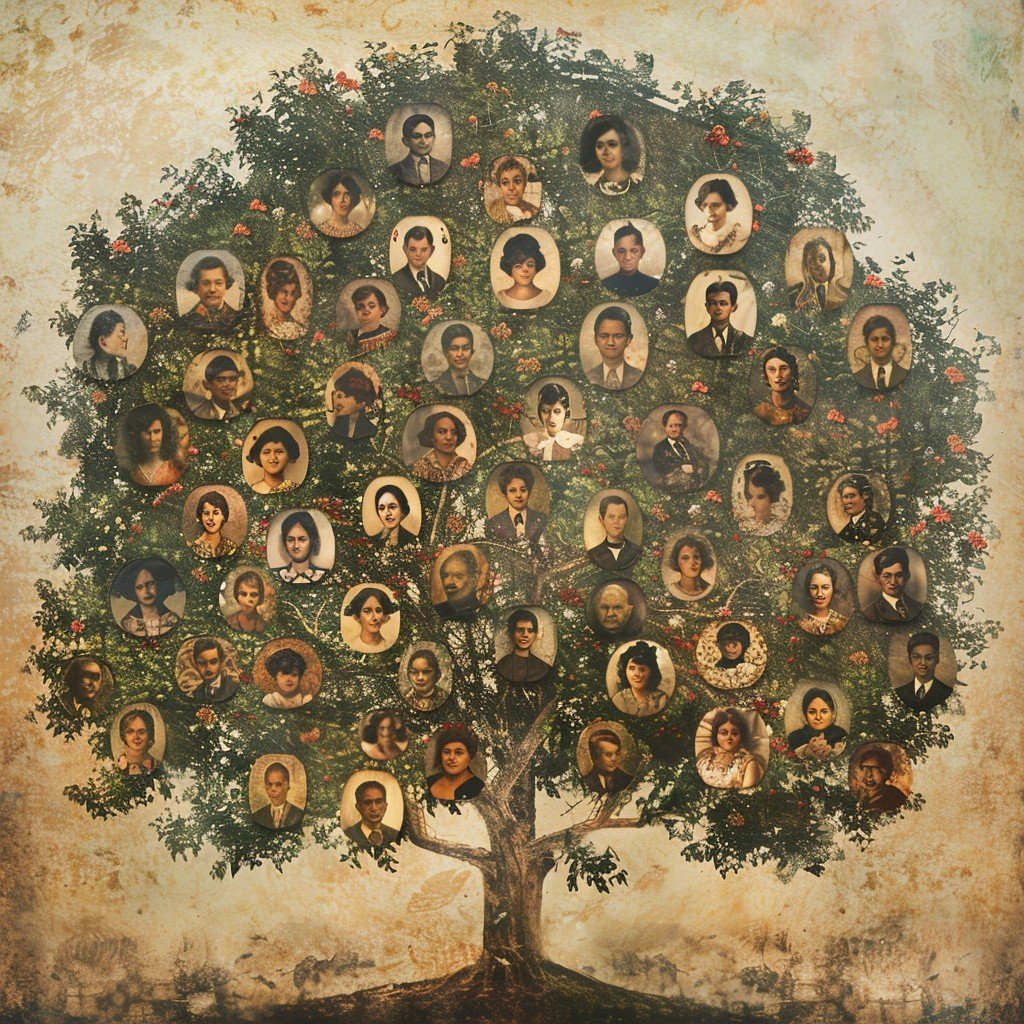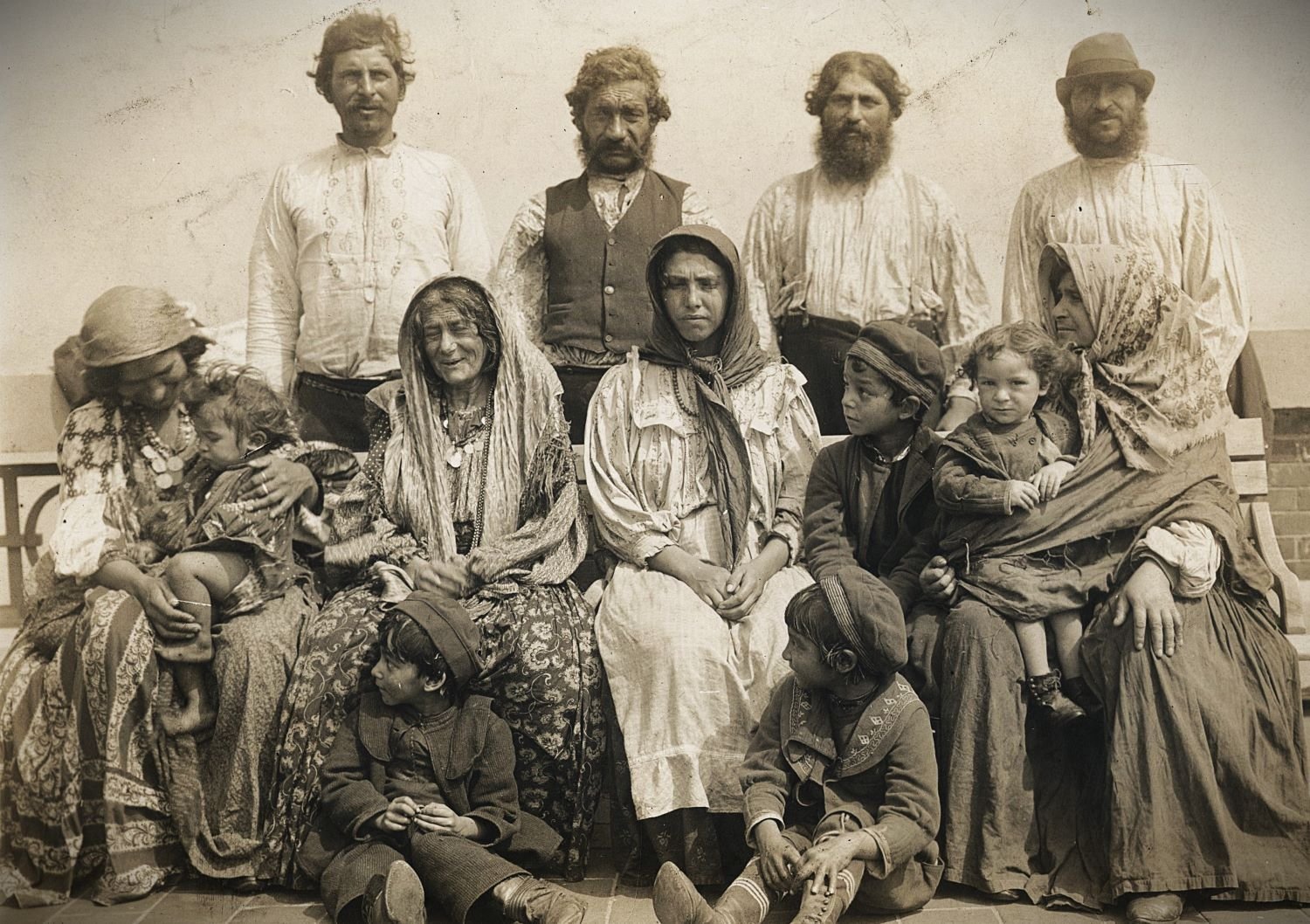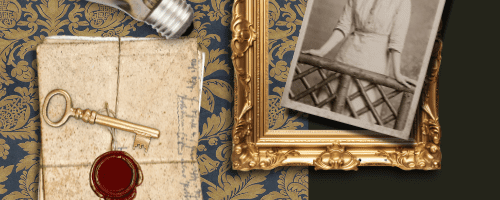What Lies Beneath the Mitre?
When Cardinal Robert Francis Prevost was elected Pope Leo XIV this May, the internet was ready to dissect his beliefs, politics, and theological leanings. What they didn’t expect? That his ancestry would steal the spotlight, and rightly so. With roots tangled in nobility, scandal, slavery, and revolution, the Pope’s family tree is one of the most complex, jaw-dropping genealogical stories ever unearthed.
Thanks to the combined detective work of genealogists from American Ancestors, the Cuban Genealogy Club of Miami, and Harvard’s Hutchins Center, Pope Leo XIV’s family tree stretches back 15 generations and includes over 100 named ancestors. Let’s just say… it’s not your average parish newsletter material.
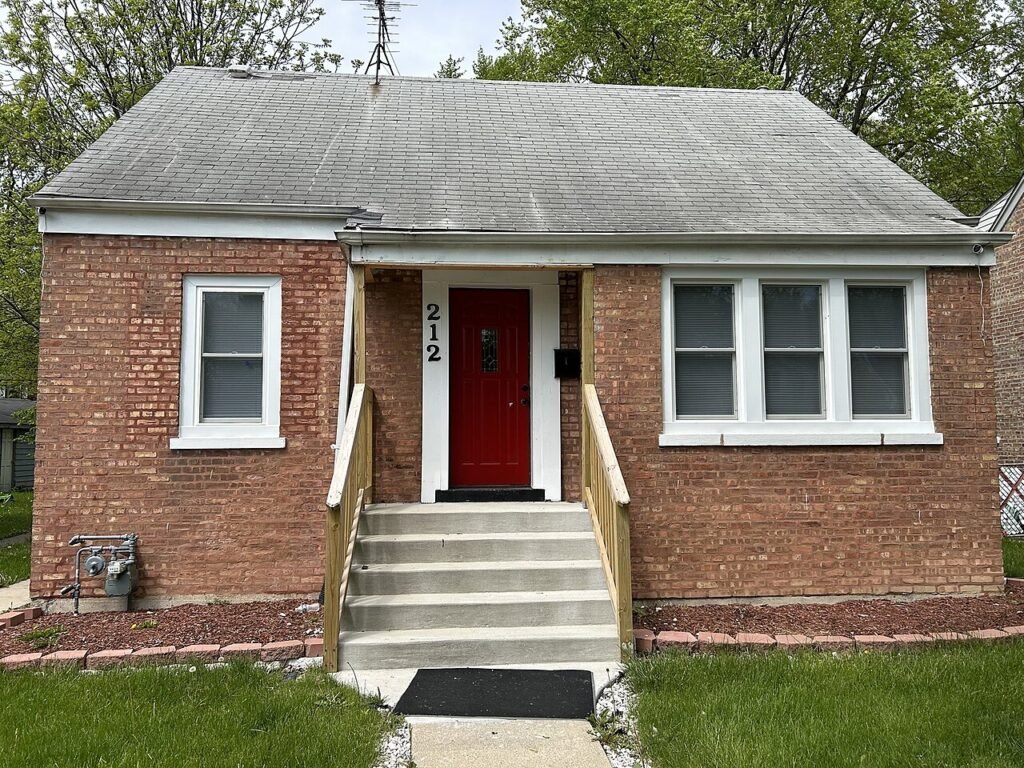
Black Ancestry and the Legacy of New Orleans
Soon after his election, The New York Times reported that Pope Leo XIV’s maternal grandparents were listed in official records as “mulatto” and “Black.” That’s right – the new pope has documented African American ancestry, deeply rooted in New Orleans, a city with a history so mixed it practically invented the word Creole.
Go back far enough, and you’ll find enslaved ancestors, and enslavers on both sides. At least eight of his Black ancestors owned slaves, some buying loved ones to protect them, others participating more directly in the system. It’s a tangled, heartbreaking reflection of what it meant to survive, to rise, and to navigate the brutality of 18th and 19th century America as a person of color.
From Enslaved to Landowners: Stories of Grit and Contradiction
Take Marie Jeanne, for instance, a “mulata” enslaved by François Lemelle in New Orleans. They had six children together. Eventually, he freed her and two of their daughters. By the time she died, she owned over a thousand acres of land and at least 20 enslaved people. It’s a devastating contradiction, a woman who once was property becoming a property owner, including human beings. But this was not rare. In 1830, about 1% of free Black Americans were also slaveholders, sometimes for protection, sometimes for profit.
One of Marie Jeanne’s descendants, Celeste Olympe de Grandpre, was described as a “free quadroon” (one-quarter Black) and married another descendant of Marie Jeanne’s line. It’s through Celeste that the pope’s African ancestry converges with French, Spanish, and Cuban heritage.
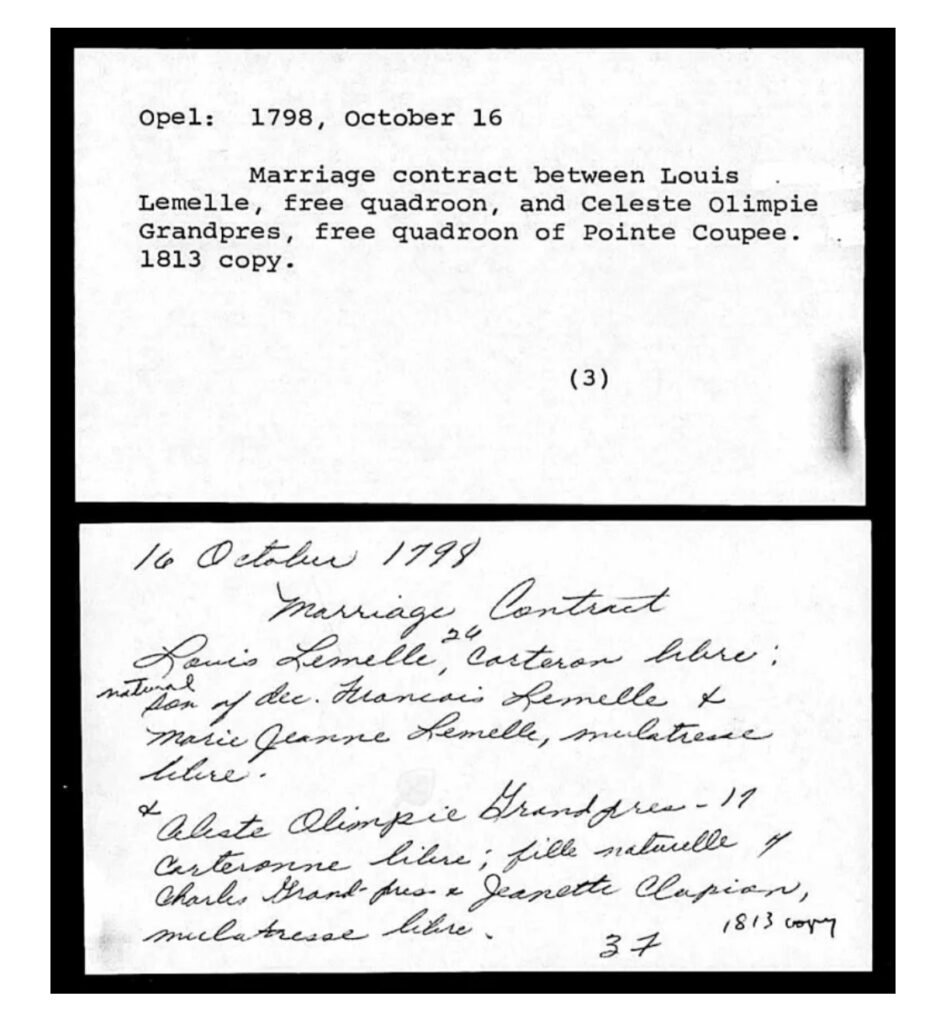
A Scandal in the Vatican’s Backyard
It wouldn’t be a proper family saga without a touch of forbidden love, would it? Enter Salvatore Giovanni Gaetano Riggitano Alito (born in Messina, Sicily) , the pope’s paternal grandfather. He was on track to become a priest, fully immersed in seminary life and bound for a future of celibacy and service to the Church, until he met Suzanne Louise Marie Fontaine, a French immigrant who would change everything. Their relationship was considered forbidden not just because Salvatore was preparing for the priesthood, but also because Suzanne was an outsider, and the two never married – a bold defiance of both religious expectations and the rigid social norms of the time. In devout catholic circles, their union would have been seen as scandalous, even disgraceful, challenging long-held ideas about lineage, propriety, and reputation. Still, they had two sons together, including the pope’s father. The children were given their grandmother’s maiden name, Prevost, which explains the unexpected French surname despite Salvatore’s unmistakably Italian roots.
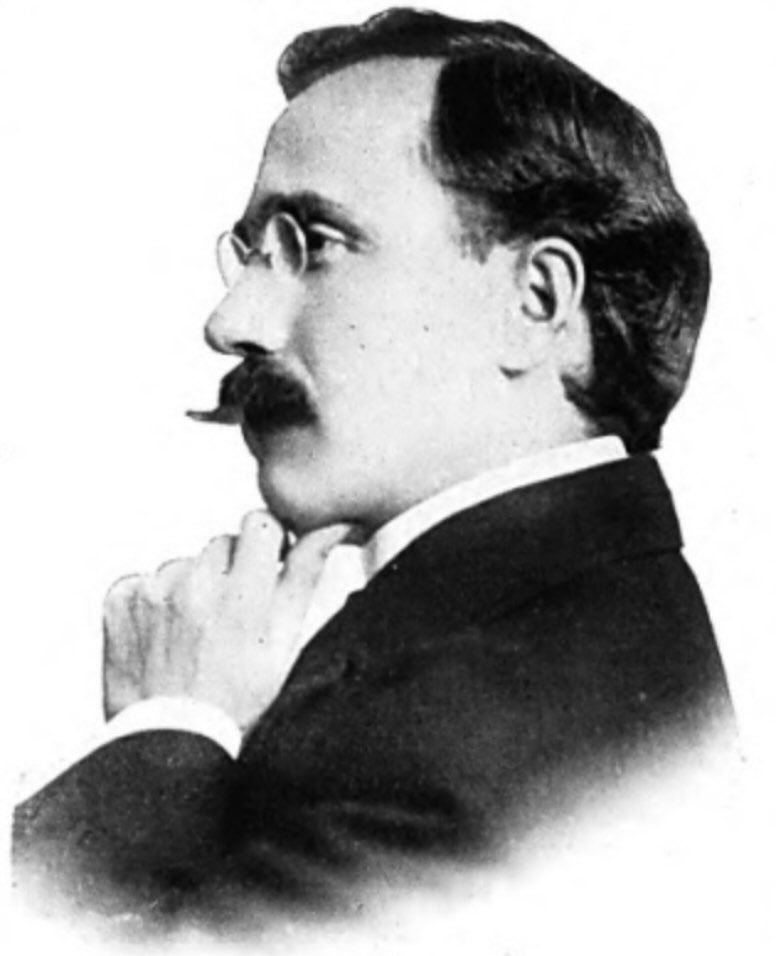
Salvatore Giovanni Gaetano (Riggitano) Prevost (1876 – 1960)
Nobility, Revolution, and Ties to the Famous
On his mother’s side, Pope Leo XIV descends from four hidalgos (minor Spanish nobles) recorded in 1573. One of their descendants, Diego de Arana Valladar, fought Dutch pirates for the Spanish Crown. His sister’s lineage links the pope to none other than Antonio José de Sucre, the hero of South America’s liberation and Bolivia’s first president.
And just for fun: through his French Canadian ancestors, he’s also related to Pierre Trudeau, Justin Trudeau, Hillary Clinton, Jack Kerouac, Angelina Jolie, Madonna, and… drumroll… Justin Bieber.
I know. You didn’t see Bieber coming either.
So… Is the Pope Black?
Depends who you ask. Under the “one-drop rule” popular in the American South, yes. By 1910 Louisiana law, any “appreciable” African ancestry made you legally “colored.” But today, identity is (hopefully) more nuanced than that. The pope has Black ancestry, provable, documented, and undeniable, but what that means socially or theologically? That’s his to wrestle with.
What we can say is this: his family tree mirrors the American experiment. It’s a patchwork of colonizers and colonized, of forced migration and voluntary journeys, of bloodlines both noble and enslaved. It’s tragic, it’s glorious, and it’s deeply, deeply human.
Final Thoughts: A Tree Rooted in Complexity
Pope Leo XIV’s family tree challenges every fantasy of genetic purity. It’s a reminder that bloodlines rarely follow straight paths, and the past isn’t neat, it’s messy, contradictory, and full of secrets. It also shows how ancestry can illuminate not just who we are, but where we come from, what we carry, and what we choose to honor or atone for.

